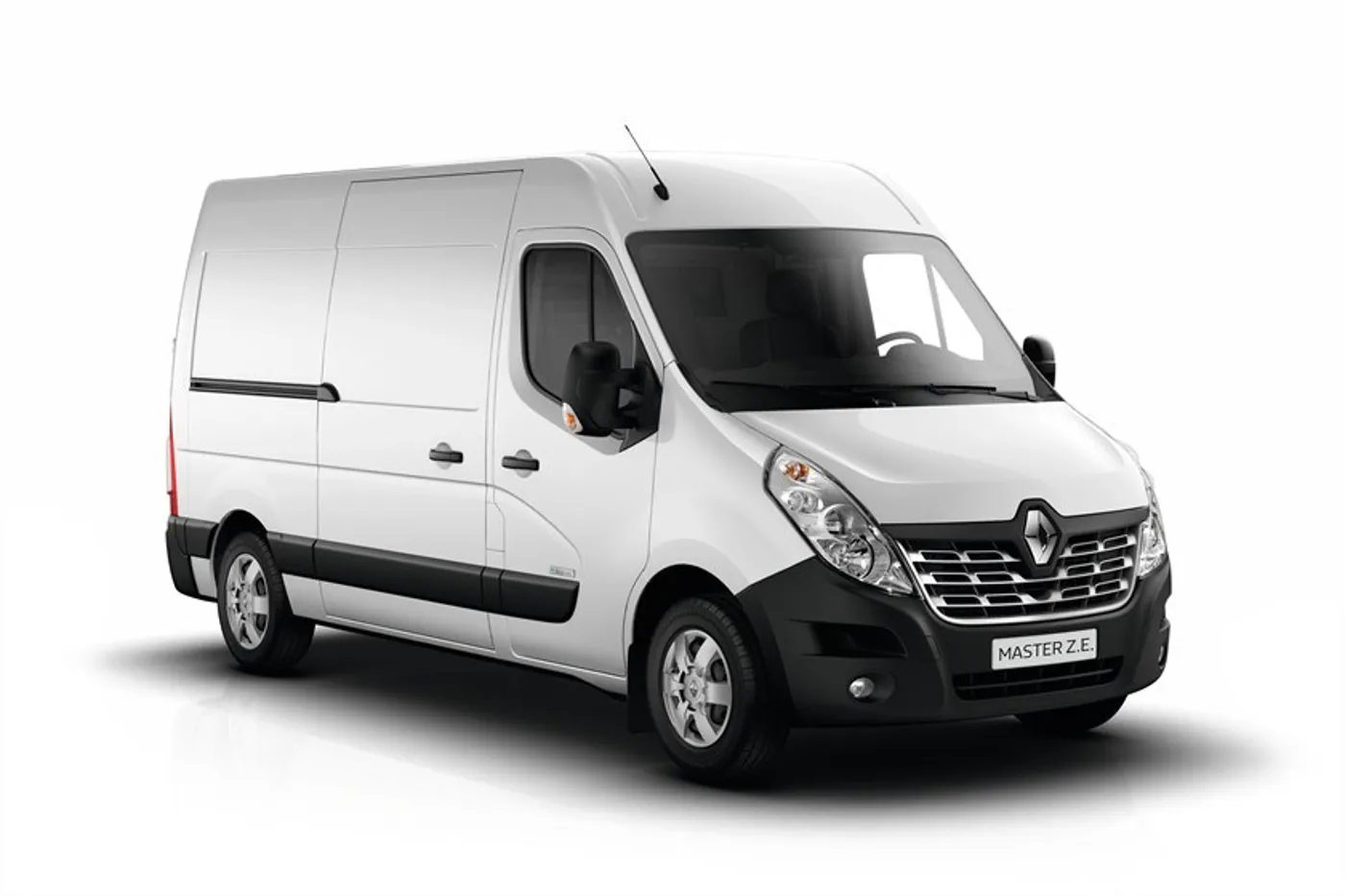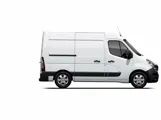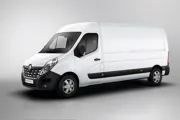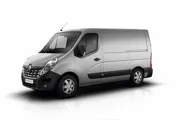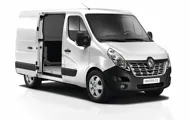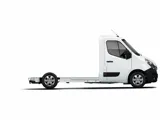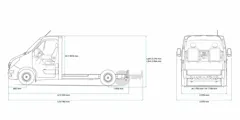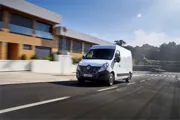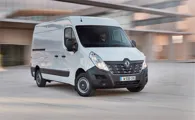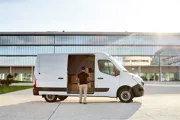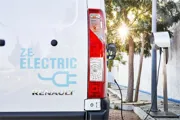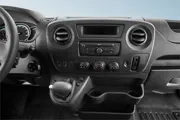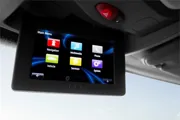Review
Less than six months after Volkswagen Commercial Vehicles unveiled the eCrafter, Renault has also taken the plunge to enter the embryonic 3.5-tonne electric van market. The Master ZE (Zero Emission) complements the already successful Kangoo ZE to give Renault the most comprehensive electric LCV line-up in the UK.
In stark contrast to the blossoming small electric panel van market, the idea of electrifying large panel vans has been taken far less seriously by manufacturers, with Iveco’s product director, Martin Flach, saying in a Commercial Fleet interview they “make no sense at present”.
However, it seems manufacturers are reconsidering.
“We’ve been talking with some of the larger fleets that run the Kangoo ZE, like La Poste and EDF, and they’ve been extremely satisfied with it but expressed a desire for a greater payload and more load volume,” explains Gilles Normand, senior vice-president of Renault Electric Vehicle Division.
“We are targeting the large municipalities and local authorities, and fleets that operate in the ‘last mile’ distribution sector. For us, the Master ZE brings together two of Renault’s key strengths as we are the market leader for both commercial vehicles and electric vehicles in Europe.”
Authorities around Europe are forever implementing new regulations relating to the emission standards of diesels, and Renault says the new Master ZE is ‘future-proof’ against any further reductions in permissible emissions levels.
Large electric vans make a lot of financial sense. Typically, a van of this size will achieve around 40mpg according to official NEDC figures, which will cost an operator around £2,730 (based on 20,000 miles a year and £1.19 per litre), while the Master ZE is expected to consume just £639 worth of electricity over the same distance (based on mains electricity charged at 12p per unit).
New connectivity systems
Renault has packed its new electric van with a wide range of innovative features, to improve occupant comfort and safety, and to minimise downtime.
ZE Trip helps the driver to locate nearby charging points from the vehicle’s R-Link navigation system, and also lists their availability and compatibility.
Complementing Trip, the ZE Pass allows the driver to access and pay for charging via a smartphone or tablet. ZE Pass shows the prices per unit of each of the charging points, so drivers know exactly how much it will cost, and then they can pay via the app or a RFID barcode.
Load area and practicality
Renault is keen to stress that the Master ZE is not a version, but a complete range. There are two variants; a panel van, available in three wheelbases and two roof heights, and a chassis cab in long wheelbase form. There are load lengths of 2,583mm, 3,083mm and 3,373mm, load heights of 1,700 and 1,894mm, with a standard load width of 1,765mm (1,380mm between the wheelarches).
The Renault Master has the lightest chassis on the market which means, even with the added weight of the heavy battery and motor, there is still a payload of between 1,000kg and 1,100kg on the panel van, dependent on wheelbase and roof height.
Electric motor and battery
Renault has created the Master ZE by reusing parts sourced from other vehicles within its ZE range. The R75 motor, for example, is inherited from the Zoe. It produces up to 76PS and 225Nm, and can reach a top speed of 71mph. As with most electric vehicles, the 225Nm of torque is available instantly, which means it will be quick off the mark – even with a full load on board. Combined with the gearless transmission, it is ideally suited for inner city courier work.
While the motor was developed and built in-house, Renault sought the expertise of LG Chem for the battery. Imported from Japan, the ZE33 battery (33kWh) has an impressive range of 124 miles when empty, according to NEDC figures, although it won’t be until closer to release that Renault will be able to assess a fully laden range.
Charging times were a key focus during the development stage, as the wall box charge of the previous generation Kangoo ZE drew some criticism.
“The feedback from Kangoo ZE operators suggested that very few people were using the fast chargers, and that most were using the wall boxes overnight but were left frustrated by the length of time it took,” said Normand.
“By improving the chemistry of the battery cells, a wall box charge of the new battery takes six hours, which is two hours less than the previous battery that also had a much shorter range. This demonstrates how far we have come with regard to technology in such a short amount of time.”
Price and availability
The executives at Renault refused to give any figures, instead insisting that the new Renault Master ZE will be “affordable” and that it would have a “similar” percentage premium on the standard Master, as the Kangoo ZE has. This would mean that it would work out at about £30,000 plus VAT, before the PIVG (plug-in van grant of 20% up to a maximum of £8,000).
However, Renault expects that most operators will chose to rent the battery, instead of the full purchase. This reduces the list price by around £3,000 and the customer will not have to worry about the rapid devaluation of the battery or the heavy cost of replacement, although they will then have to pay between £35 and £70 every month for battery hire (dependent on annual mileage and the length of the contract).
The new vehicles are expected to arrive at dealerships by the end of the year. There are currently 60 Renault LCV specialist centres, called the Renault Pro+ network, around the UK, although there are plans to increase this by a further 20.



